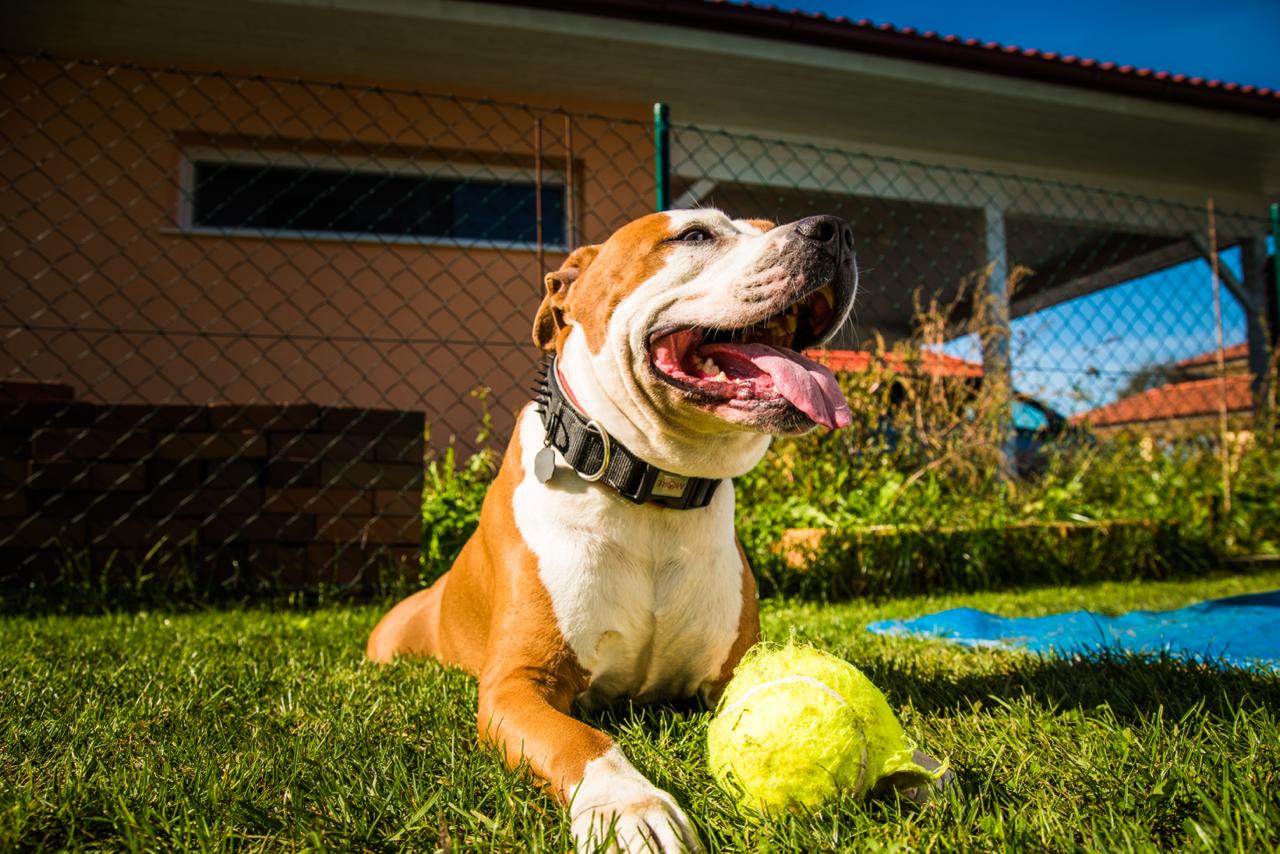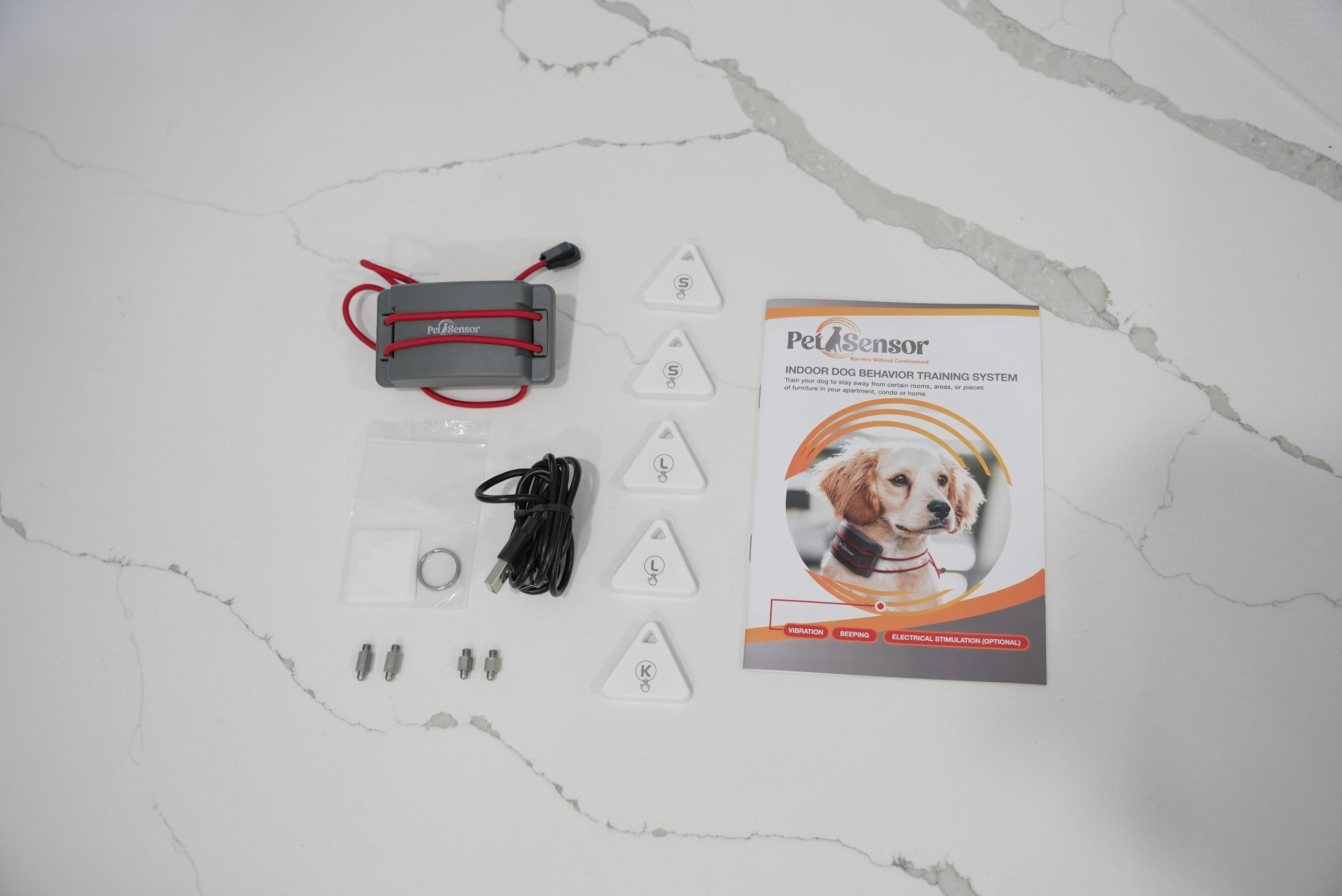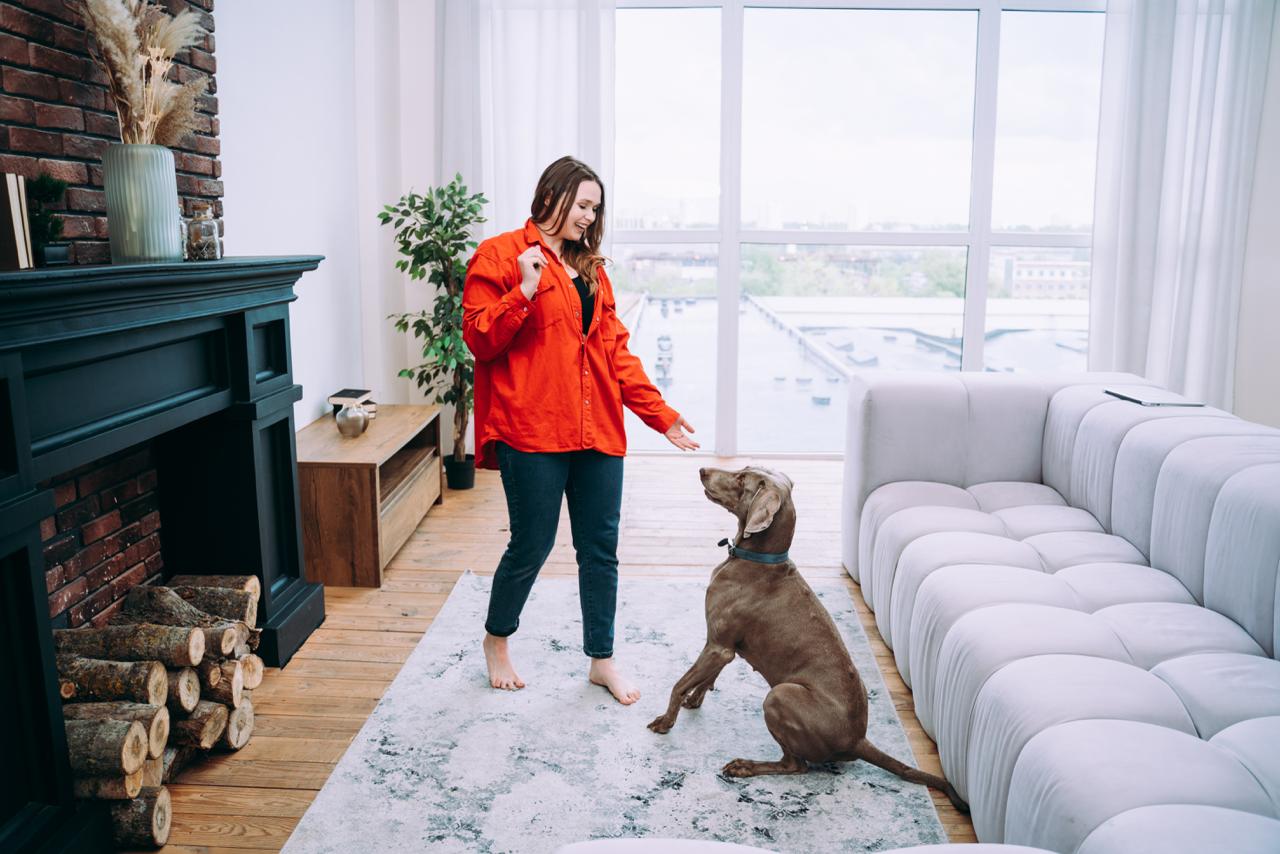
How Bluetooth Boundary Collars Help Train Dogs Safely at Home
It’s common for pet owners to need to set boundaries at home to keep their animals and their belongings safe.
GET YOUR DOG COLLAR TODAY! FREE SHIPPING FOR A LIMITED TIME!

How to Choose the Right Electronic Dog Collar for Effective Training
Electronic dog collars are often considered the best dog training equipment money can buy and offer an easy and effective way to communicate with your pet. However, whether you’re a new dog owner or an experienced trainer, selecting the right collar for your dog is crucial to ensure safe, humane, and successful training outcomes.
In this blog, Pet Sensor explores how e-collars work, when to start using them, and key tips for choosing the best one for your pet.
How Does a Remote Training Collar Work?
One of the key benefits of using an e-collar is the clear communication it provides between you and your dog. Here’s a step-by-step breakdown of how it works:
When Can You Start Using an E-Collar for Your Dog?
The general recommendation is to begin using an e-collar when your dog is about six months old. At this age, they are usually mature enough to understand and respond to the feedback provided by the collar. However, it’s crucial that your dog has already learned basic commands like “sit” and “stay” before introducing an e-collar into the training process.
Why Choosing the Right E-Collar Matters
Selecting the right e-collar is vital for both your dog’s safety and the effectiveness of the training. E-collars vary widely in features, such as adjustable intensity levels, range, and different stimulation modes.
Choosing the Right Remote Training Collar as a Beginner
Here are some tips to help you pick the best e-collar for your dog:
Why Choose Pet Sensor’s Hands-Free, Bluetooth Training & Boundary System?
With features such as adjustable stimulation and compact, hidden Bluetooth fobs, Pet Sensor provides a seamless and humane training experience. Unlike traditional outdoor e-collars, Pet Sensor’s system is tailored for indoor environments, ensuring that your dog remains obedient and safe, even when you’re not around.
Contact us today to learn more about our hands-free boundary and training technology!
For the best dog training equipment, contact Pet Sensor online today.

It’s common for pet owners to need to set boundaries at home to keep their animals and their belongings safe.

Training your dog indoors is not only a good bad-weather backup plan, but also a great way to raise your